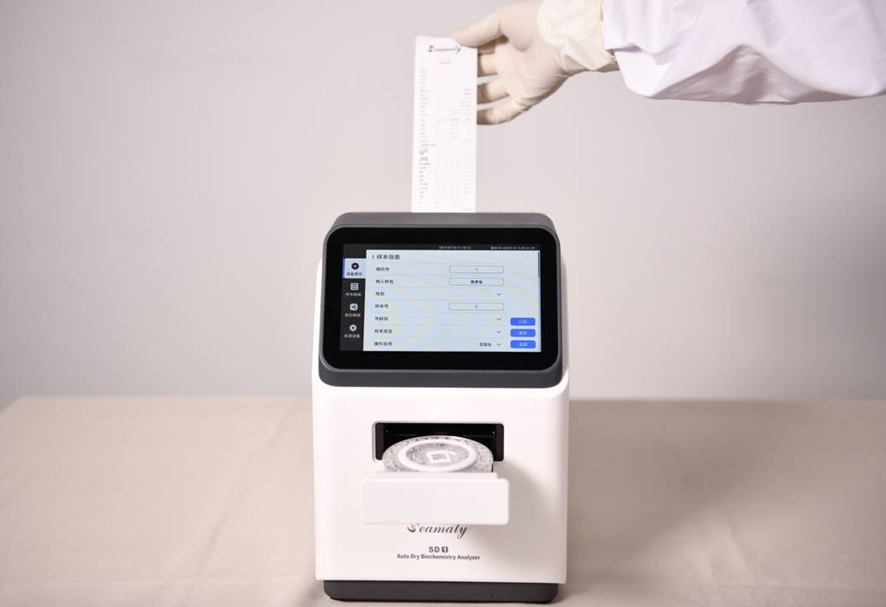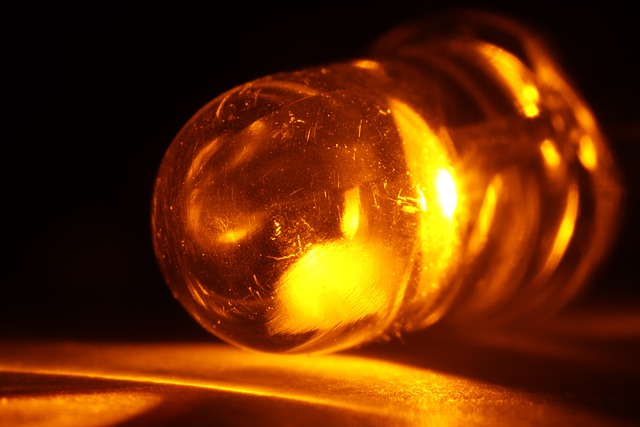release time:2021-09-14 10:23:35
Various reagent strips and instruments based on immunochromatographic, chromatographic and dry chemistry techniques can affect the activity of microproteins in the reaction matrix depending on temperature, humidity and pH. This in turn affects the results. Therefore, special attention needs to be paid to the drying of the reagent strips. The reagent strips should be used as they are taken. Do not expose them to air for a long time to prevent moisture or contamination of the test strips. Analyzers based on magnetic field changes should avoid magnetization of the iron powder in the reflector card. Experiments using test tubes as test carriers should pay attention to the activity and expiration date of activators or anticoagulants, etc. in the tubes.
POCT test instrument quality control
Calibration of POCT test instruments
In principle, POCT test instruments are calibrated at least once a week. For example, with a portable hemagglutinator, not only should the instrument be subjected to daily indoor QC with normal and abnormal plasma provided by the instrument manufacturer. Inter-room QC is also performed monthly with fresh venous plasma between similar instruments with identical methodologies and close reagents. Instrument custodians and self-monitoring patients should be familiar with the performance and storage conditions of the instruments.
The other 3 shortcomings of the POCT test will be described in this article. Poct Disadvantages: Training, Reporting, Regulations

2022-04-28
A chemistry analyzer/biochemistry analyzer is an instrument that uses the photoelectric colorimetric principle to measure a specific chemical composition in body fluids. It is a kind of blood chemistry analyzer machine,

2022-04-01
Biochemical testing is increasingly recognised by clinical veterinarians as an aid to the diagnosis and treatment of diabetes in cats. This article will briefly discuss the changes in the biochemical parameters during the course of diabetes in cats.

2022-02-21
The choice of light source of IVD device is related to cost, lifetime, performance (sensitivity, signal-to-noise ratio, dynamic range, etc.) and other factors. Therefore, it is particularly important to choose the right light source to act as the "eyes" of the in vitro diagnostic instrument!